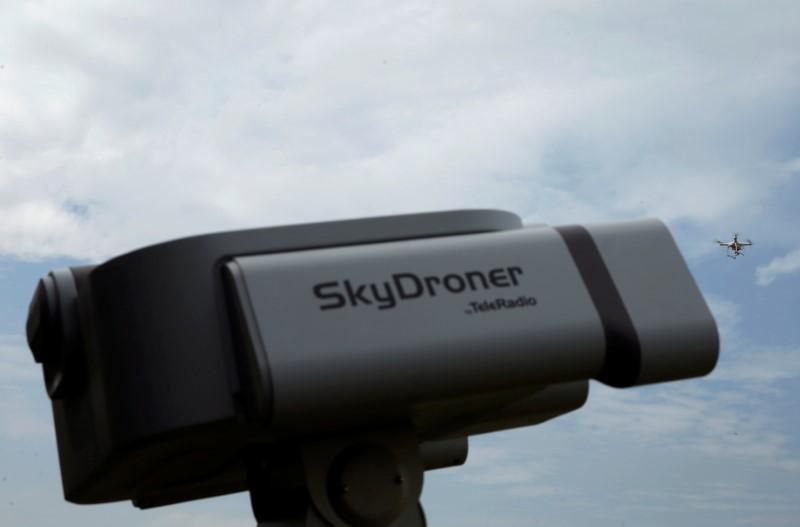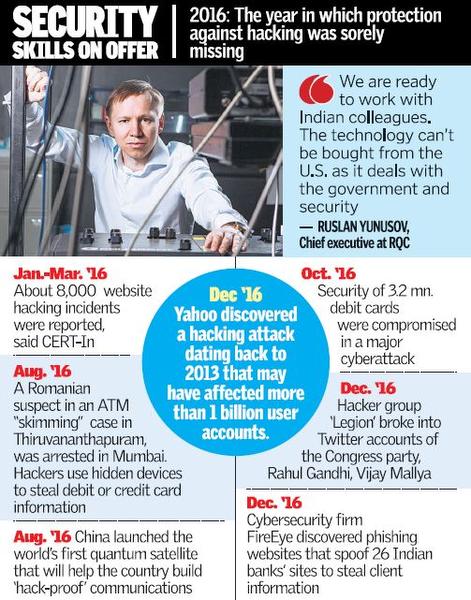The Sino-Israeli Robotics Institute (SIRI) was inaugurated in mid-December when a delegation of nine Israeli companies — led by Ariel University Prof. Zvi Shiller, chair of the Israeli Robotics Association, and Technion Prof. Moshe Shoham, founder of Mazor Robotics and a world leader in medical robotics — participated in the second Sino-Israeli Robotics Innovation Conference in Guangzhou, China.
Intended as “home base” for Israeli robotics companies entering the Chinese market, SIRI is located at the Guangzhou International Robotics Center (ROBOHUB), a government-supported, 4,800-square-meter robotics incubator and demonstration center including a large exhibition and demo area, innovation lab, training center, and corporate offices.
“This is an exciting time for the Israeli robotics industry,” Shiller said. “We are committed to establishing a true partnership with SIRI and ROBOHUB, and we look forward to broadening this strategic cooperation, which will serve as a fast track for transforming ideas into products and for moving products into the Chinese market.”







